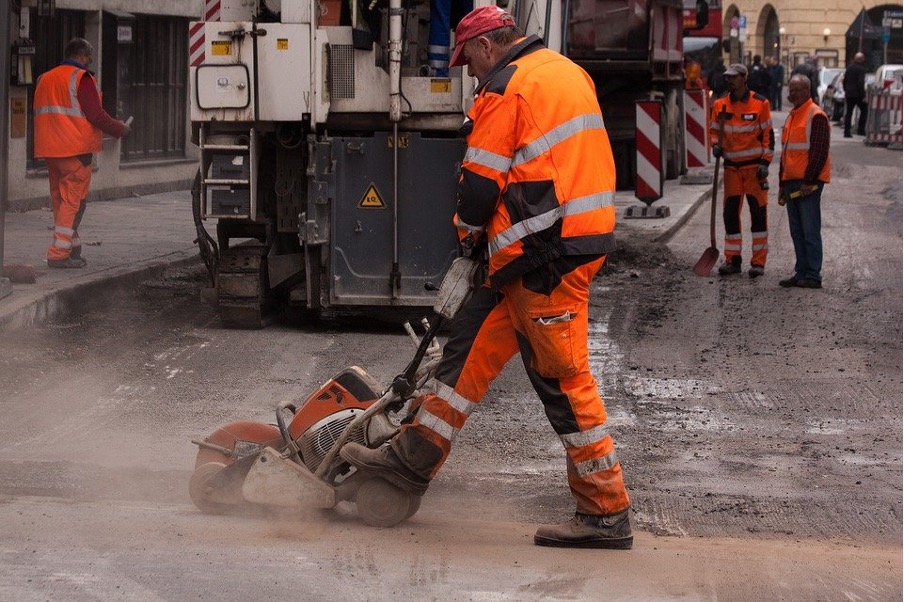Construction sites generate considerable dust, posing potential health risks for workers and the surrounding community. Inhalation of harmful construction dust, such as silica, asbestos, and other particulate matter, can lead to severe respiratory issues and long-term health complications. Therefore, construction companies and workers should prioritize dust suppression techniques and BossTek tools to help minimize the risk of harmful exposure. Construction companies can create a safer working environment by implementing an effective dust management plan, emphasizing proper ventilation, and providing appropriate PPE, among other dust control measures. Prioritizing these measures demonstrates a commitment to worker safety and the protection of public health. This blog post will discuss essential tips to reduce the risk of harmful construction dust, creating a safer environment for all.
Manage dust effectively
Developing and implementing a comprehensive dust management plan is the cornerstone of dust reduction in construction sites. This plan should identify potential dust sources and outline specific control measures, like a dust suppression system, to mitigate their impact. Dust control strategies may include regular site inspections, dust suppression techniques, and strict adherence to applicable regulations and guidelines.
Ensure adequate ventilation
Proper ventilation is vital to maintaining a dust-free environment. Use well-designed ventilation systems to ensure proper airflow. Portable ventilation fans and air filtration units can also improve indoor air quality. Regular inspection and maintenance of ventilation systems will help ensure their optimal functioning.
Deploy surface wetting
One effective method to reduce airborne dust is wetting or dampening dusty surfaces. Employ water sprays or misting systems to saturate materials and prevent dust from becoming airborne during construction activities. This technique is particularly useful for cutting, drilling, and demolition activities.
Use personal protective equipment (PPE)
Properly fitting personal protective equipment is essential for workers’ safety and well-being. Dust masks or respirators suitable for specific dust hazards should be provided. To minimize skin contact and eye irritation, encourage workers to wear protective clothing, which includes gloves and safety goggles.
Leverage regular cleaning
Implementing a rigorous cleaning schedule is crucial in maintaining a dust-free environment. Regularly sweep and vacuum work areas to remove settled dust and debris. Use high-efficiency particulate air (HEPA) filters in vacuum cleaners to capture fine dust particles effectively. Clean all surfaces, tools, and equipment to prevent dust from being redistributed into the air.
Isolate dust sources
Consider enclosing construction activities within temporary structures when possible. Doing so limits the spread of dust. It isolates dust sources from other parts of the construction site, minimizing exposure. Using plastic sheeting or barriers to create physical separation reduces the potential for dust migration.
Provide safety training for employees
Proper training and awareness programs are vital for educating construction workers about the risks associated with harmful dust exposure. Ensure that workers are knowledgeable about the hazards, the proper handling of materials, and the correct usage of PPE. Regularly communicate and reinforce safe work practices to foster a safety culture on the construction site.
Reducing the risk of harmful construction dust is paramount to safeguarding the health and well-being of workers and the surrounding community. As a result, construction projects are completed without compromising the well-being of those involved.



